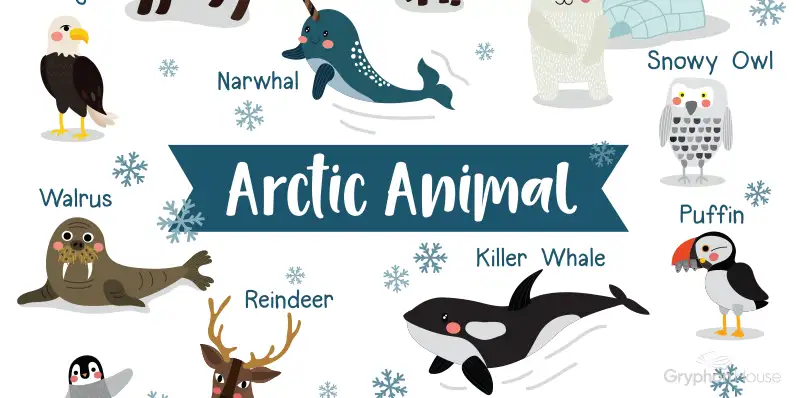The temperature outside is dropping and snow is threatening to fall. As the weather outside starts to feel like the frozen tundra, why not teach your children about the actual tundra?
The temperature outside is dropping and snow is threatening to fall. As the weather outside starts to feel like the frozen tundra, why not teach your children about the actual tundra? The various animals that live in the colder regions of the world are fascinating, and the cold winter months are the perfect time to learn about them.
Kathy Charner’s book Learn Every Day about Animals provides dozens of activities for teaching young children about the animal kingdom. Here are three simple lesson plan ideas to teach your children about the wonders of the Arctic.
Underwater Art
Materials:
What to Do:
- Lots of Arctic animals swim! Start by discussing some animals that spend a lot of their time in cold waters, like penguins, sea-lions, and arctic fish
- Give each child a piece of plain paper and suggest they use crayons to draw simple underwater animals
- Tell the children that they should leave the background of the paper white and not color the water around the animals with crayon because you will be painting it later
- When the children have finished coloring in their animals, distribute the blue and green watercolors
- Tell the children to paint over their entire sheet of paper using a combination of blue and green watercolor paint. The paint will adhere to the paper, but not the crayon
Who Am I?
Materials:
What to Do:
- Conceal the animal pictures in a box or bag
- Explain that in this game, you will call on a child to sit in the middle of the circle, then hold up a picture or figure of an animal over her head. Remind her not to look up at the picture
- The child must guess the animal by asking her friends for clues. They may raise their hands and take turns telling her anything about her animals without saying the animal’s name. For example, they could say: “You have white fur” or “You eat meat.” They should not say “You are a polar bear.”
- Call each child to sit on the floor in front of you facing the group. Play until each child has a turn
Let’s have a Penguin Parade
Materials:
What to Do:
- Read to the children from a book about penguins and share some facts about them
- Let the children draw pictures of penguins
- Teach the children how to do a penguin waddle
- Let the children have a penguin parade to some lively music
- Pretend to be penguins and have fish-shaped crackers for snack
- Consider extending the activity by encouraging each child to make up a story about a penguin and act out their stories for the other children

